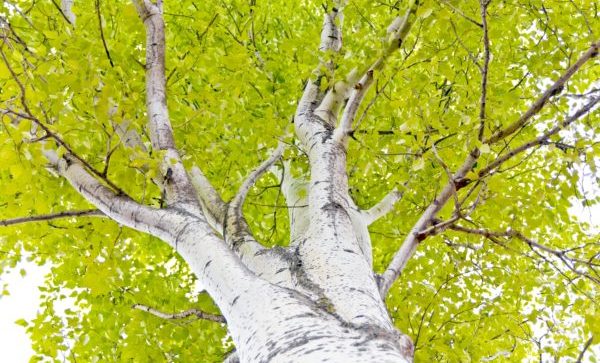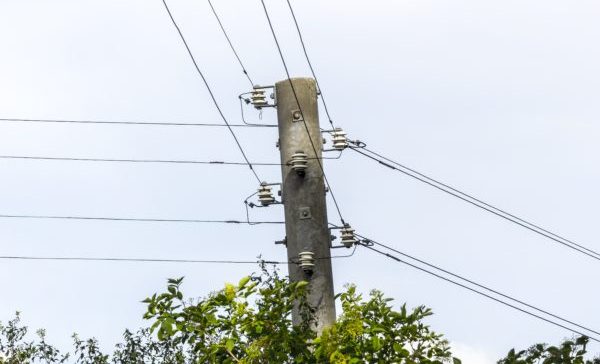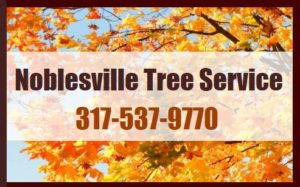Whether planning a major landscaping renovation, or looking to plant a new tree in your yard, there is no better way to make a striking contrast than with a white bark tree species. White bark trees are simply stunning, and offer a wide range of benefits like most trees do. Not only do they add beauty to your landscaping with their brilliant white trunks, they provide ample shade, noise reduction, snow fencing, and energy efficiency benefits for both homes and buildings.
There are several white bark tree species to choose from, many of which are well-suited for the U.S. Department of Agriculture hardiness zones in Indiana (5a, 6a, & 6b). Some of the most common trees with white bark that property owners admire include the Ghost Gum, Sycamore, White Poplar, and Quaking Aspen.
Continue reading to learn some interesting and relevant facts about these four stunning tree species.

Noblesville Tree Service 317-537-9770
Ghost Gum
The Ghost Gum tree may sound like it has an eerie name, but don’t let that scare you off. Native tree of Australia, these trees are beautiful in the spring, summer, and fall seasons. In addition to its unique white bark, the Ghost Gum grows to amazing heights. Typically, it can reach between 40 and 60 feet in height with a canopy that is 20 to 25 feet in width. These trees grow best in USDA Hardiness Zones 9 to 11, so they are not a good choice for Indiana climate.
Sycamore
Sycamore trees are classic additions to any landscaping since they are beautiful and unique, as well as, tall, strong, and sturdy. Although they have stunning white bark, it does peel off in patches during certain times of the year. They grow best in Hardiness zones 4b through 9a, so long as they are planted in well-drained soil and full sun. Sycamores can grow tall, between 50 to 70 feet in width and 75 to 90 feet in height.
White Poplar
White Poplar trees are “popular” choices for landscaping because they are beautiful and they grow fast. They have a single, upright trunk that is white in color. Toward the end of the tree’s lifespan, the bark begins to darken and develop ridges, rendering it a new kind of beauty. White Poplars can grow tall and wide too, reaching 60 to 100 feet in height and 40 to 50 feet wide. They are recommended for USDA Hardiness Zones 4 through 9, making Indiana a perfect home.
Quaking Aspen
Quaking Aspens are unique because they have magnificent white trunks, but also because they can grow in most soil types and even tolerate minor flooding conditions. These trees are medium in size, and generally grows to an average of 50 feet in height, with a 25 foot canopy. Just like the White Poplars, their trunks get darker in color as they age, and begin to develop small, thick ridges. Quaking Aspens are recommended for USDA Hardiness Zones 1 through 10.
Noblesville Tree Service

Noblesville Tree Service 317-537-9770


